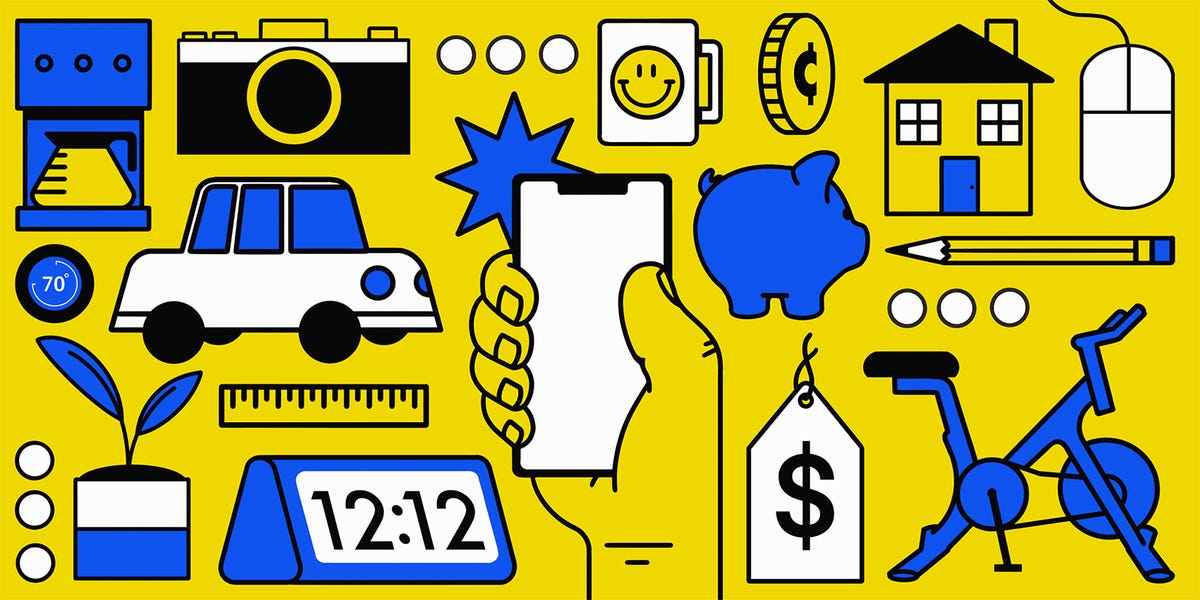cross-posted from: https://lemmy.dbzer0.com/post/8400180
The concept that the 1% (or the most affluent and powerful segment of society) is actively preventing true ownership of the things we buy isn’t a universally accepted notion.
Instead, it’s often discussed in the context of broader economic systems and practices that can restrict the sense of true ownership.
Here are several ways in which systems, policies, or practices can be seen to limit ownership, which some might attribute to the influence of the very wealthy or powerful corporations:
Digital Rights Management (DRM): This technology restricts how digital content (e.g., e-books, video games, music, movies) can be used by consumers. For example, you may not be able to share an e-book or transfer it to another device due to DRM, limiting your control over the purchased product.
Software as a Service (SaaS): Many companies have moved away from selling software as a one-time purchase to a subscription model, where users pay to access software on a monthly or annual basis. This means the user never truly owns the software and will lose access if they stop their subscription.
End User License Agreements (EULAs): These agreements often contain clauses that limit how consumers can use products and can include provisions that prevent ownership transfer, modding, or reverse engineering.
Proprietary Parts and Repair Restrictions: Some manufacturers use proprietary components and restrict third-party repairs (also known as “Right to Repair”). This forces consumers to use the manufacturer’s own services, which can be more expensive and further distances the owner from truly “owning” their product in terms of being able to maintain or modify it.
Planned Obsolescence: Some argue that companies design products with a limited lifespan to encourage consumers to buy newer models. This practice means that even if one “owns” a product, its usefulness is artificially limited.
Intellectual Property Laws: These laws can be used to create monopolies over knowledge and innovation, which can limit consumer rights to use and modify the products they purchase.
Subscription-based Models: Companies are increasingly pushing towards subscription models for various goods and services, from vehicles to clothing. These models can undermine traditional ownership by making it more financially advantageous or convenient to rent or subscribe rather than own outright.
Real Estate Investment Trusts (REITs) and Large Corporate Landlords: There’s a perception that these entities buy up substantial amounts of property, making it difficult for individuals to purchase a home due to increased prices and limited supply.



Back in the day, you weren’t allowed to plug a private phone into AT&T’s network. You had to rent phones from Ma Bell, for something like $10/month, back when $10 would fill a gas tank.
Between that and Columbia Music Club, so when Netflix was still sending DVDs in the mail, I decided I’d rather buy one movie a month than rent 4. Ripping them wasn’t so easy in those days, but there was already library organizers. Now, it’s like 20 years later and I’ve got something like 250 movies I can watch any time. Mostly good ones, now spread over four different streamers, if they’re even out there. Plenty to keep me entertained.
It’s a corollary of Pratchett/Vimes “boots theory.” More expensive to buy stuff, and the first few years you go without a lot, but in the long run, you get enough for less.
I do the same. Over the years I’ve accumulated a few hundred movies, that fit in half a book shelf. I have stuff to watch for years and if I’ve got less money in the future I can still watch my movies.